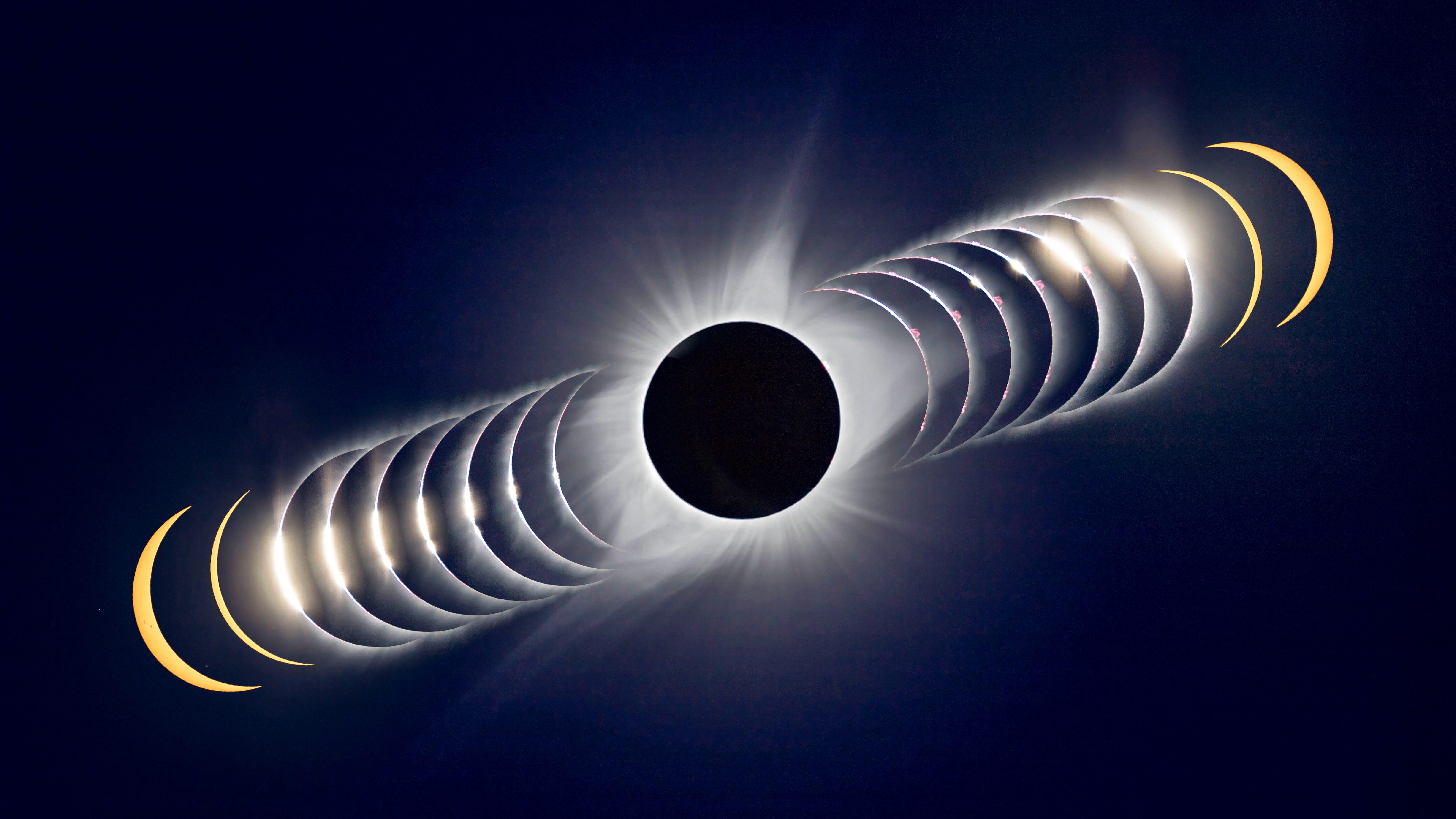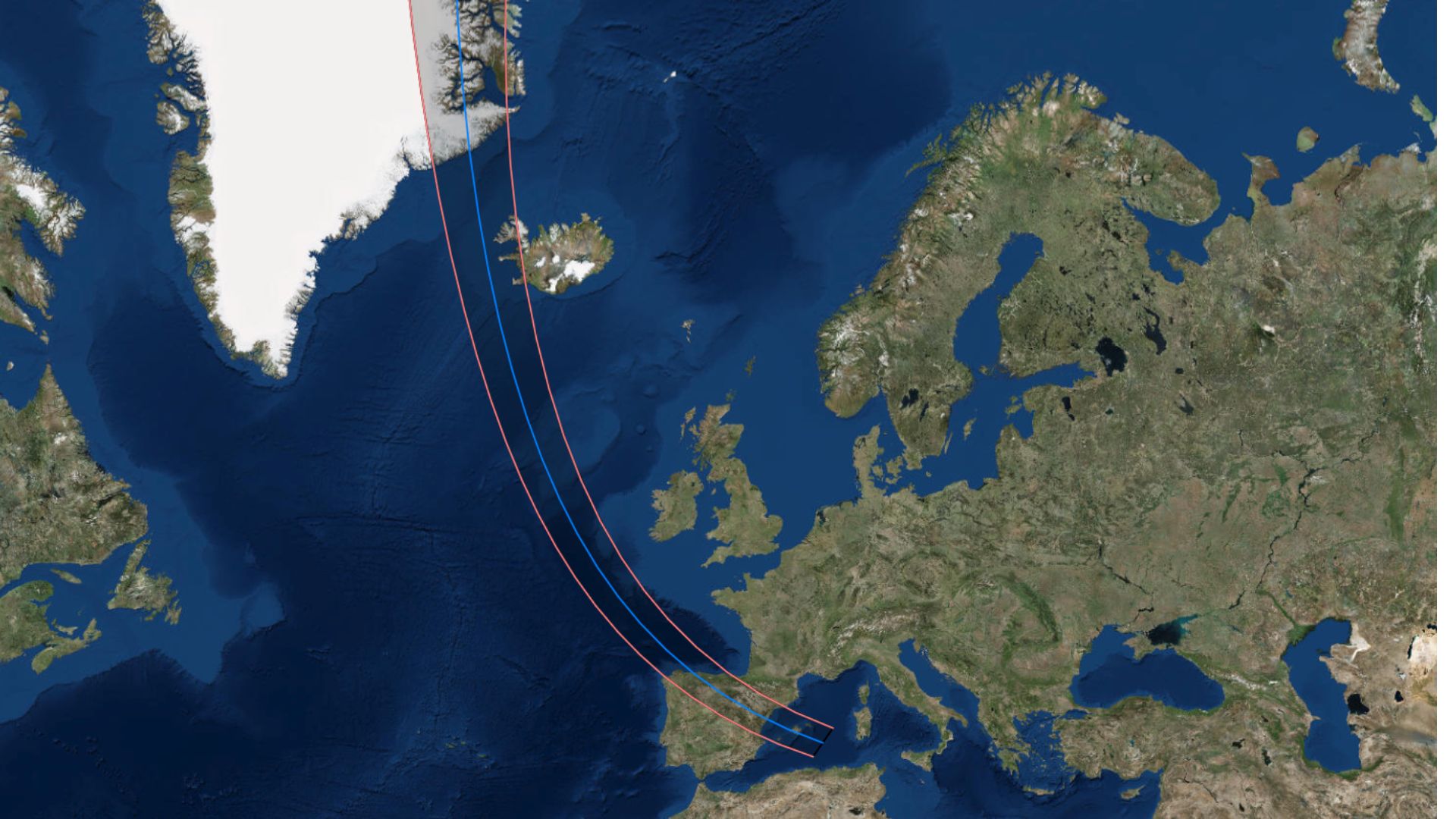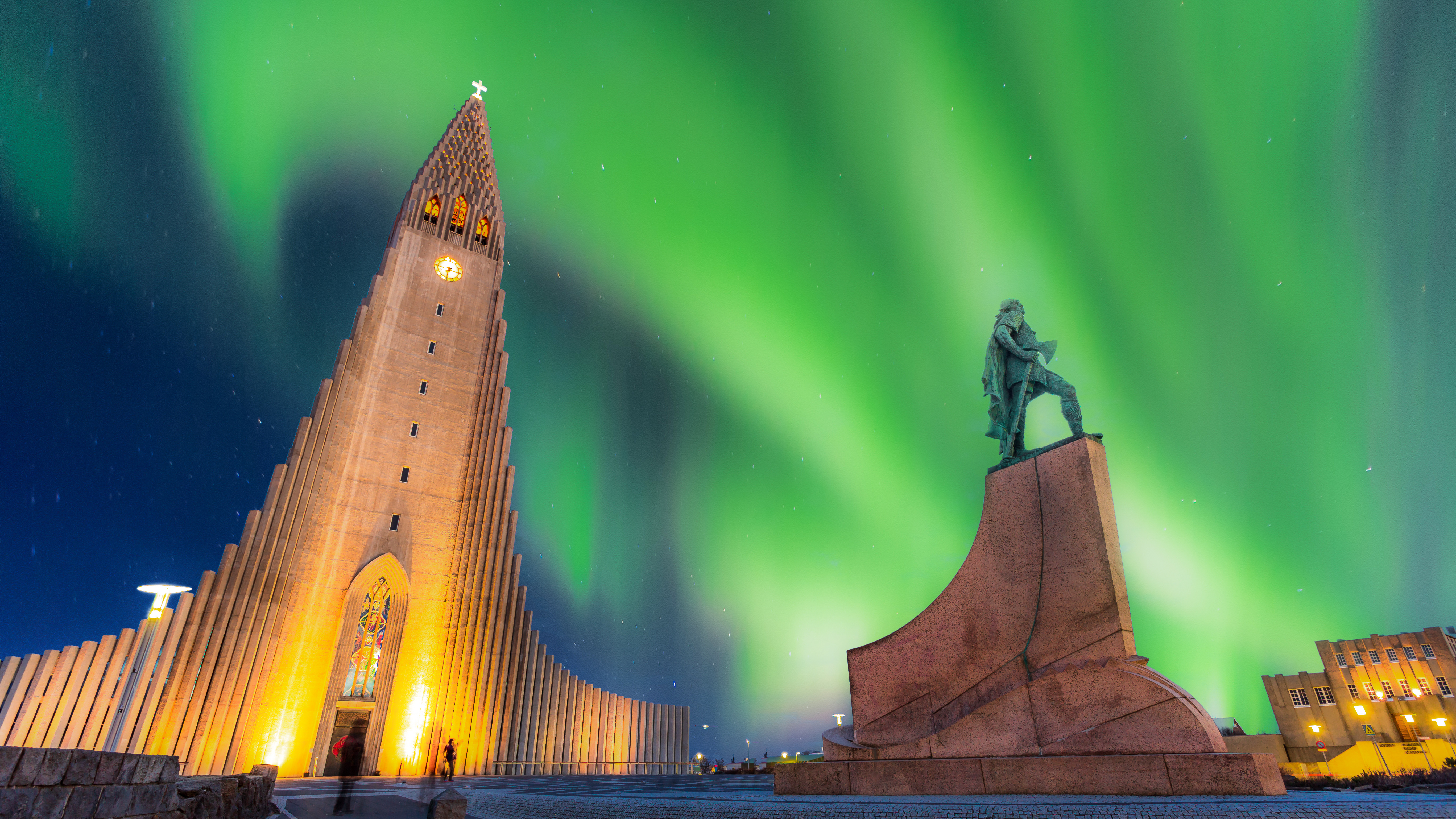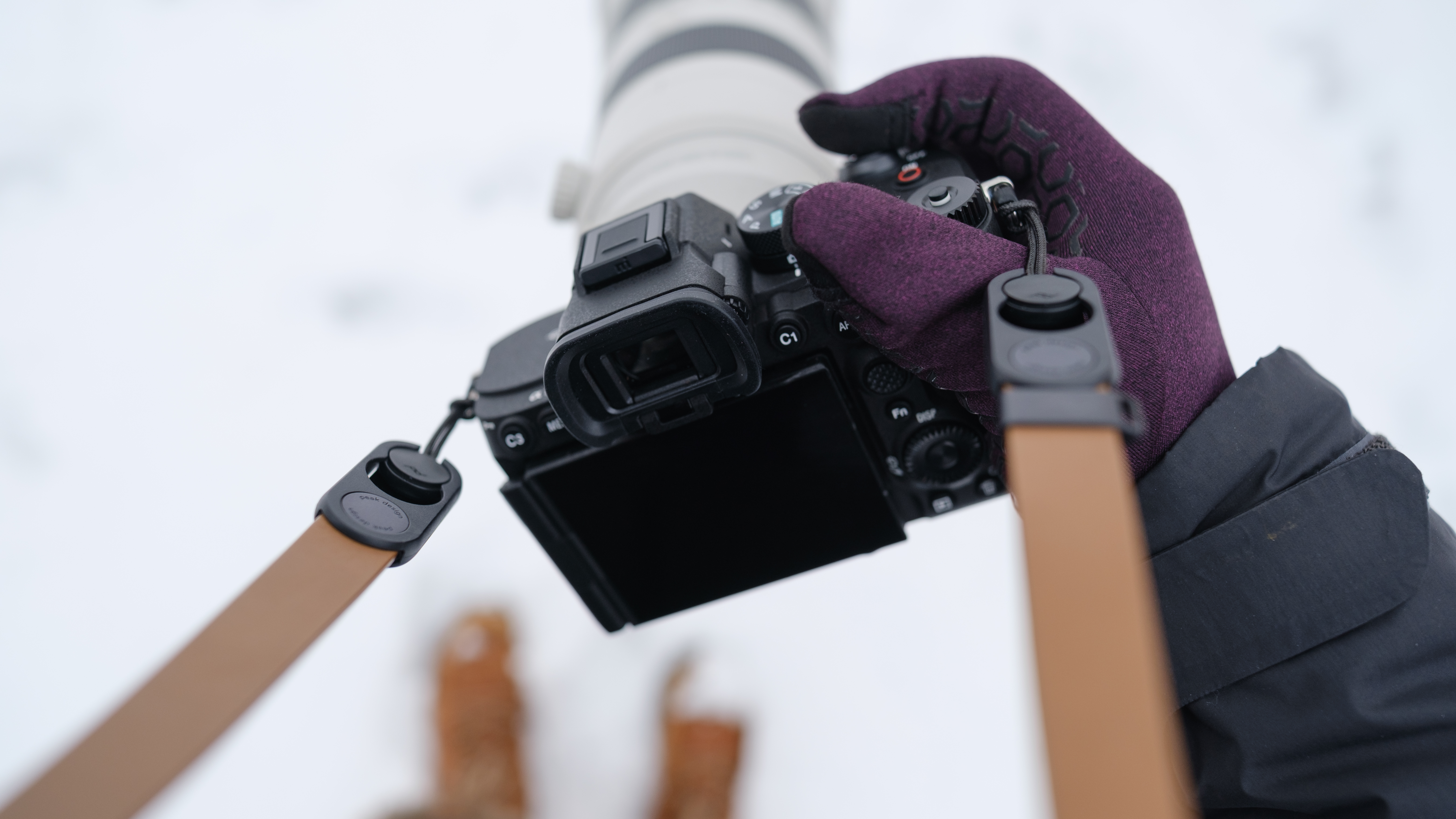The next total solar eclipse is two years away - but I'd start planning now
The ultimate guide to when and where to photograph the total solar eclipse on August 12, 2026, in Western Europe

When is the next total solar eclipse? If you missed the last one on April 8 in North America, or it gave you the bug, and you want to see another, it’s time to start planning for mainland Europe’s first total solar eclipse since 1999.
On Wednesday, August 12, 2026, a total solar eclipse will bring a relatively short totality to four regions and nations: Siberia in Russia, eastern Greenland, western Iceland, and northern Spain. As the 5,133 miles (8,260 km) long, up to 182 miles (293 kilometers) wide path of totality – the shadow of the moon – races across Earth, some photogenic landscapes will plunge into a twilight like no other. Add some seasonal treats, including the Milky Way at its brightest, the peak of a. Major meteor shower and the chance of seeing the aurora borealis, and this could be an extraordinary total solar eclipse trip.
Here’s everything you need to know to plan a trip to photograph the next total solar eclipse…
Total solar eclipse 2026: path of totality
On August 12, 2026, the moon’s shadow will take an hour and 96 minutes to cross the planet, but from any one location the maximum length of totality will be 2 minutes 18 seconds.
That point of greatest eclipse will be off the coast of Iceland, so unless you’re on a cruise ship in that location—which will likely be possible—you’ll have to make do with less than that. Wherever you are, the maximum totality can be experienced if you’re on the centreline of the path of totality. The duration will taper off at the edges.
The critical aspect of this eclipse to understand is the sun’s position. Unlike the “Great North American Eclipse” on April 8, totality (from regions most likely to be visited by eclipse-chasers) will occur in the afternoon and reasonably low in the sky—never higher than 26 degrees above the horizon, and in many places, a lot lower than that.
Read: how to photograph a total solar eclipse
The best camera deals, reviews, product advice, and unmissable photography news, direct to your inbox!
Total solar eclipse 2026: Climate
There are nuances, but the climate in August is most conducive to clear skies in inland Spain and towards the Mediterranean. According to Eclipsophile, the best chance of clear skies will be on Mallorca and the other Balearic islands. However, the sun will be totally eclipsed from these locations just before sunset. This is a potential problem because, in partly cloudy skies, you want the eclipse to be directly above you, in a gap—and not on the horizon, where you could be looking through many clouds.
Totality will occur much higher in the sky, as seen from Iceland and Greenland, but the chance of a clear sky is far less there. However, there are exceptions, such as Scorebsy Sound in Greenland, due north of Reykjavik, which tends to have clearer weather.
A rare chance to photograph the “golden corona” of a “horizon proximity” total solar eclipse or an eclipsed sun with icebergs and mountains in the foreground? Both opportunities come with risks. That’s eclipse-chasing!
Read: Picking the best solar filters and best solar binoculars
Total solar eclipse 2026: aurora, meteor showers and the Milky Way
When you’re thinking about photographing a total solar eclipse, all you usually need to concentrate on is the eclipse itself. Photographers are naturally drawn to beautiful landscapes, of course, but on August 12, 2026, there may be other astronomical events to consider.
If you choose to go to Greenland or Iceland, the nights are relatively short during August. However, they are long enough to make some views of the aurora borealis possible. Although it is tempting to suggest that the northern lights may appear during totality itself, it’s likely that a week spent near the Arctic Circle will give visitors at least a good chance of seeing them during the night.
Read: How to photograph the Northern Lights
Alternatively, you could head to Spain, where the eclipse coincides with the peak night of the annual Perseids meteor shower. This annual display of up to 150 “shooting stars” per hour at its peak is more impressive at lower latitudes, with Spain perfectly placed. However, you’ll want to be away from any light pollution. Use this interactive Google Map of the path of totality and overlay the “night sky brightness” layer to find regions free from light pollution, which could be ideal for a two-pronged astrophotography trip.
Read: How to photograph the Perseid meteor shower
Total solar eclipse 2026: photogenic locations
There are hundreds of places where you can take a camera and create beautiful images of this total solar eclipse, from the ice cap of Greenland and the dramatic landscapes of Iceland to Spain’s northern coast, castles, and islands. Here’s just a sample of the possible locations – but do triple-check the sight lines to the eclipse from all locations:
- Scoresby Sund, Greenland: totality 24 degrees above west-southwest at 4:34 p.m. CGST for 1 minute 45 seconds, with the chance, later, of the aurora borealis.
- Reykenes Peninsula, Iceland: totality 25 degrees above west-southwest at 5:48 p.m. GMT for 1 minute 32 seconds, with the chance of a volcano and, later, the aurora borealis.
- Grótta Island Lighthouse, Reykjavik, Iceland: totality 25 degrees above west-southwest at 5:48 p.m. GMT for 1 minute 4 seconds, with the chance, later, of the aurora borealis.
- Zaragoza, Spain: totality six degrees above west at 8:28 p.m. CEST for 1 minute 23 seconds, with a partially eclipsed sunset soon after (something only possible from eastern Spain) and, later, the peak of the Perseid meteor shower.
- Malvarrosa Beach, Valencia, Spain: totality 4.5 degrees above west at 8:32 p.m. CEST for 1 minute 2 seconds from a major city, with a partially eclipsed sunset ) and, later, the peak of the Perseid meteor shower. .
- Mirador de la Trapa, Mallorca, Spain: totality at 3 degrees above west at 8:31 p.m. CEST for 1 minute 36 seconds, with a ‘horizon proximity’ totality and, later, the peak of the Perseid meteor shower.
Jamie Carter is the author of “When Is The Next Eclipse? A Traveler’s Guide To Total Solar Eclipses 2026-2034,” available on Amazon.

Jamie has been writing about photography, astronomy, astro-tourism and astrophotography for over 15 years, producing content for Forbes, Space.com, Live Science, Techradar, T3, BBC Wildlife, Science Focus, Sky & Telescope, BBC Sky At Night, South China Morning Post, The Guardian, The Telegraph and Travel+Leisure.
As the editor for When Is The Next Eclipse, he has a wealth of experience, expertise and enthusiasm for astrophotography, from capturing the moon and meteor showers to solar and lunar eclipses.
He also brings a great deal of knowledge on action cameras, 360 cameras, AI cameras, camera backpacks, telescopes, gimbals, tripods and all manner of photography equipment.





